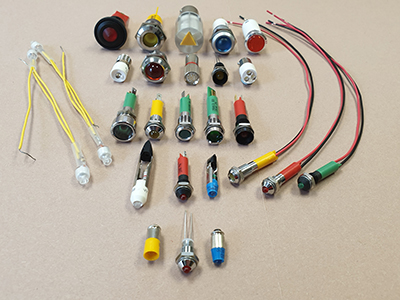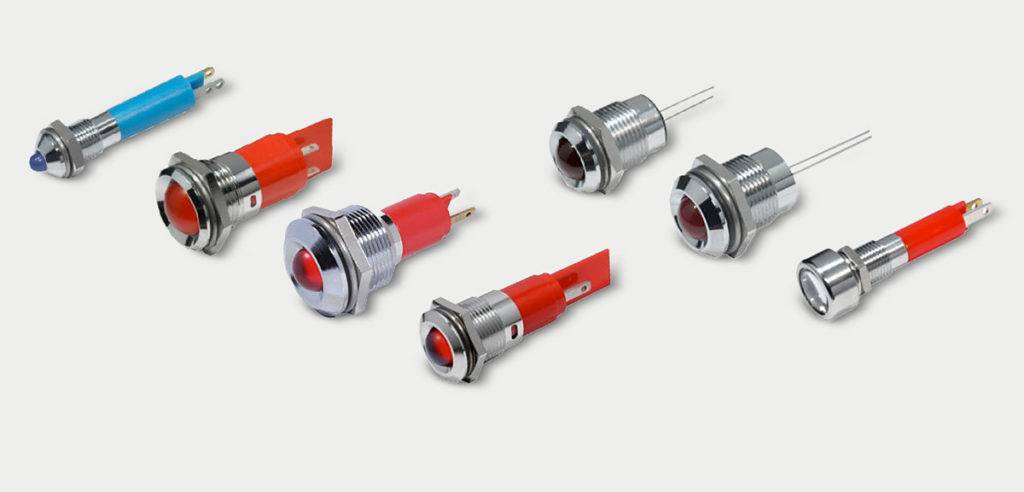The last 10 years has seen an incredible shift in lighting technology as LEDs continue to dominate the market and penetrate new applications and industries.
 This has bought a range of challenges, one of which is how to choose the correct supplier and product for your company’s lighting needs.
This has bought a range of challenges, one of which is how to choose the correct supplier and product for your company’s lighting needs.
The first step, inevitably, involves unpicking the myriad of terms which LED product suppliers use to describe their products.
Purchasing professionals involved in the procurement of lighting products will have observed the transition from the use of the Watt (a measure of electrical power) to the Lumen (a measure of emitted light). However, there is a further range of concepts and terms that are also essential to understanding products that emit light. What follows is a brief explanation of two of the most useful.
LED Life & Lumen Maintenance
Historically, the longevity of traditional light sources was classified using ‘average life’. In incandescent filament lamps this was the average time for 50% of the lamps under test to catastrophically fail under laboratory conditions.
It is important to note that this means that some of the lamps would have failed before the quoted figure for their average life.
LEDs tend not to fail catastrophically. Instead, LED light output degrades gradually over time. In many applications therefore, it is essential to understand what happens to the light output of a product over time.
This leads to the concept of lumen maintenance which, for an LED, is the elapsed operating time over which an LED light source maintains a given percentage of its initial life output.
Lumen maintenance can vary based upon many factors including operating temperature and drive current. It can also vary between manufacturers due to the selection of different materials and packaging methods.
This makes it increasingly difficult for purchasing professionals to compare and select products, however, the need for a standardization of how such information is presented has long been recognized by the lighting industry. The Illumination Engineering Society of North America (IESNA) has published guidelines regarding the testing of LED components and LED lighting products.
IESNA LM-79-19 details the approved methods for taking electrical and photometric measurement of solid-state lighting products.
IESNA LM-80-08 details the approved methods for measuring lumen maintenance of LED packages, arrays and modules.
As it is not reasonable to expect LED and lighting manufacturers to test products for years prior to release, IESNA also published TM-21-11. This document provides guidance on projecting long term lumen maintenance based upon initial test results.
In combination, these 3 documents have led to many leading LED manufacturers providing ‘L’ values for their product. For example, an LED module with a rating of L70 = 25,000 hours indicates that the luminous flux of the module will be 70% of the initial value after 25,000 hours.
Whilst such data may not be available for legacy products, many LED users – such as CML Innovative Technologies – now insist upon receiving the aforementioned data for lighting products to be considered in new designs.
Contact Roger Neal, Commercial Manager,
CML Innovative Technologies Ltd,
www.cml-it.com

